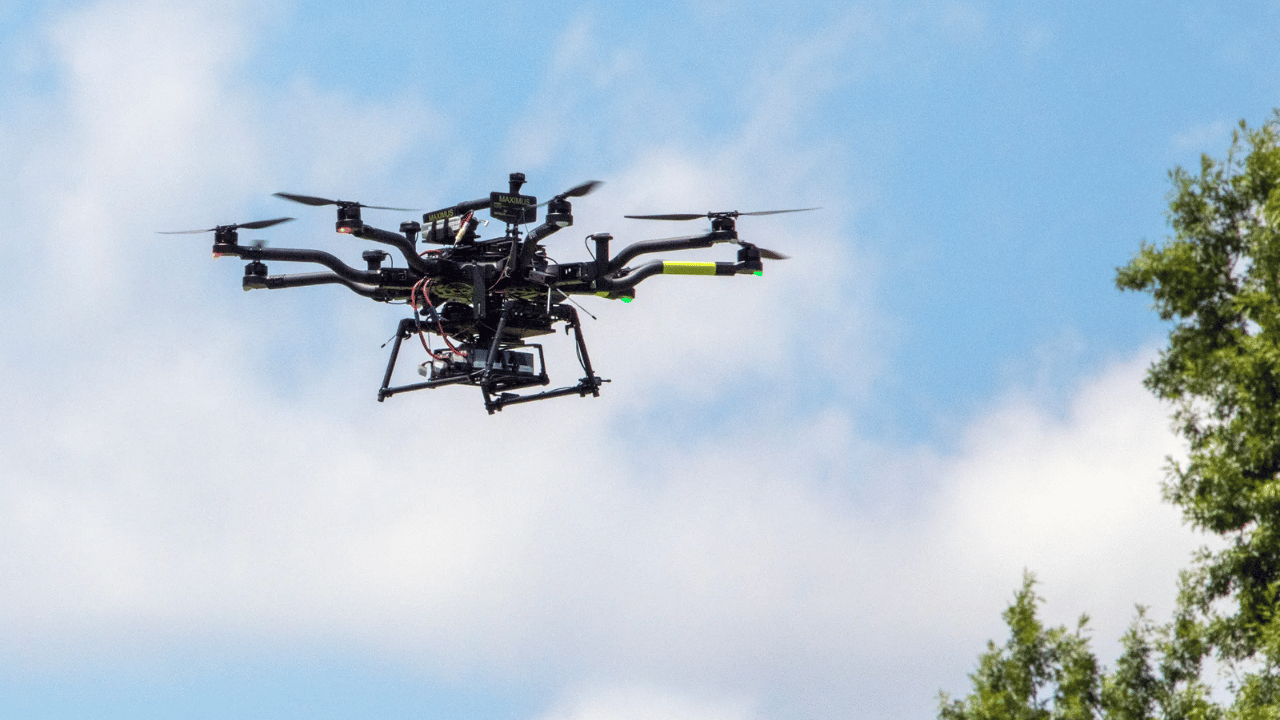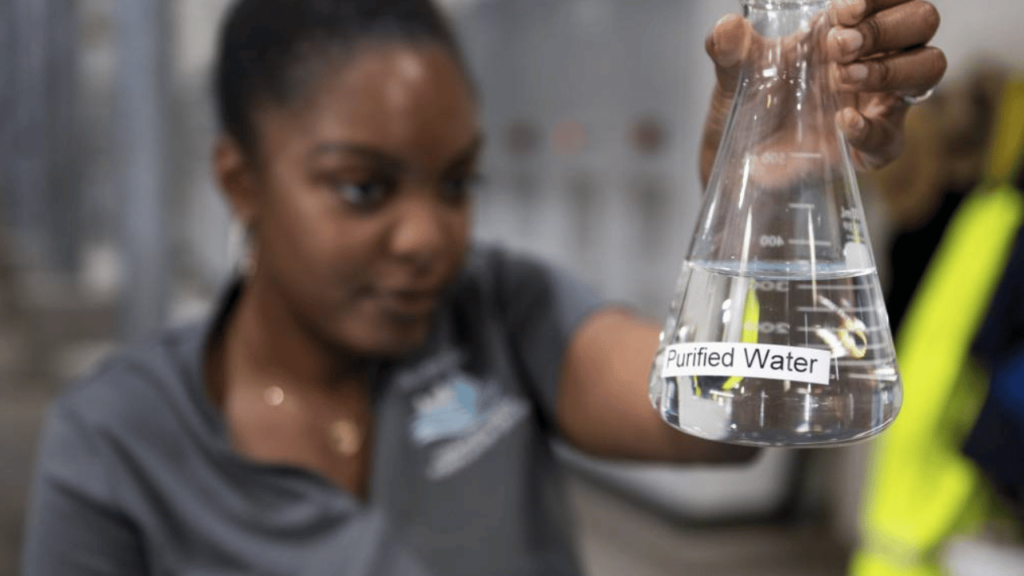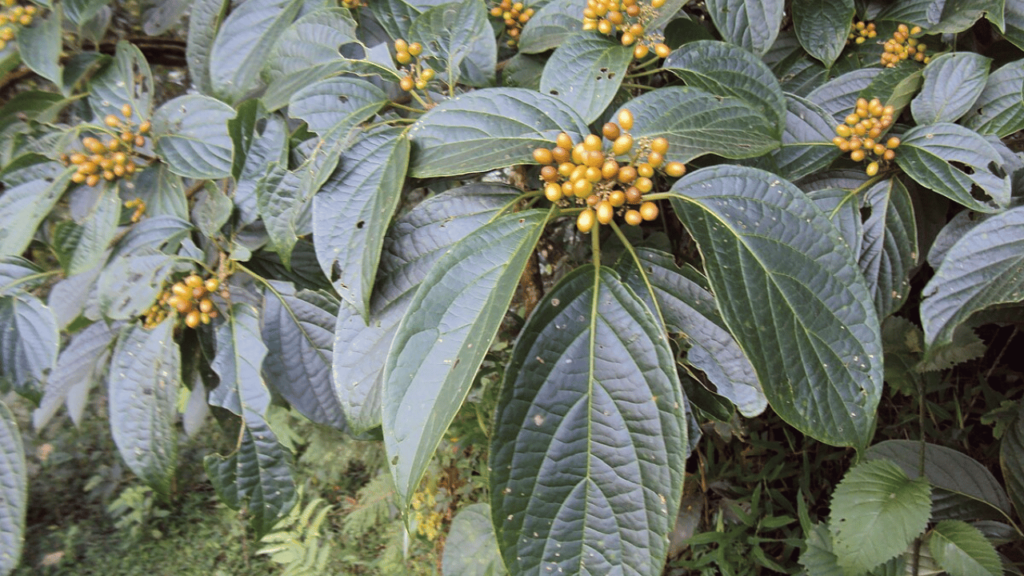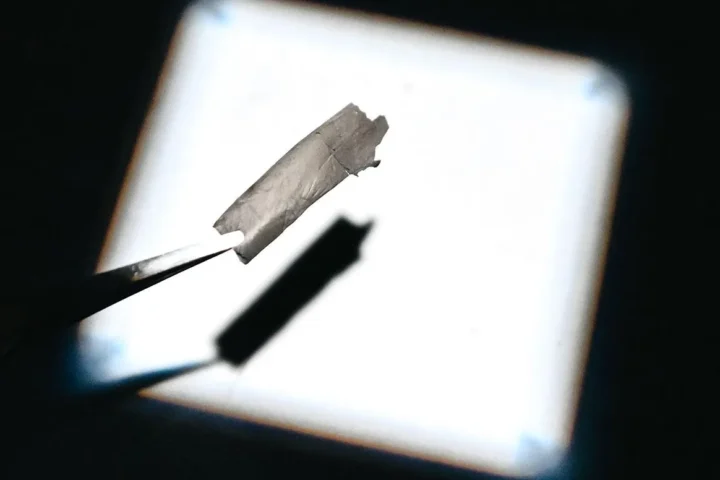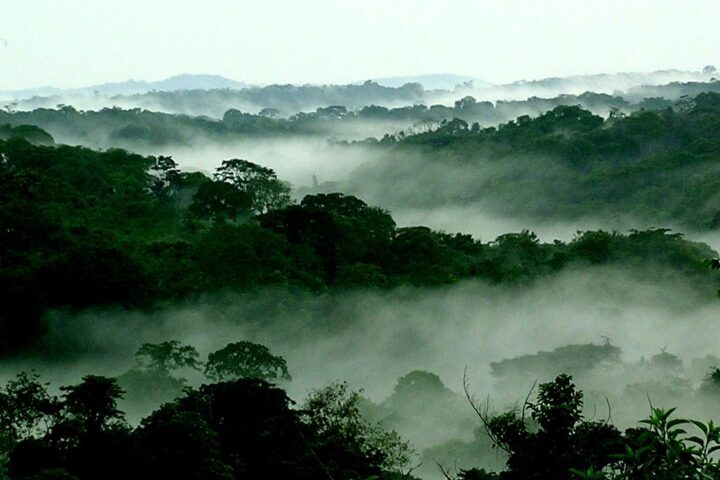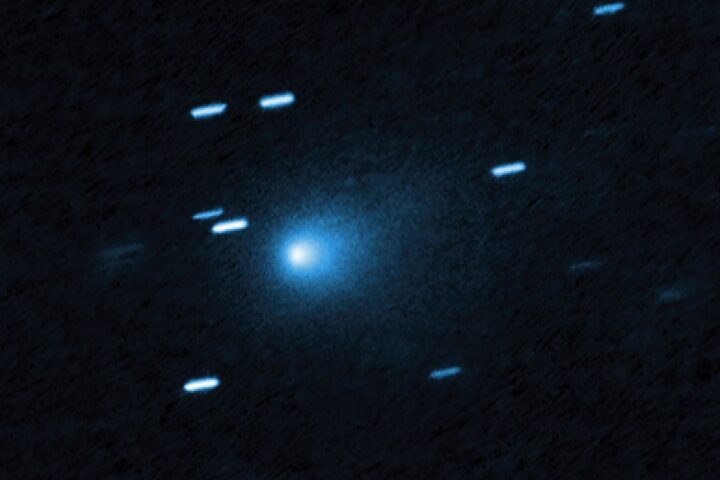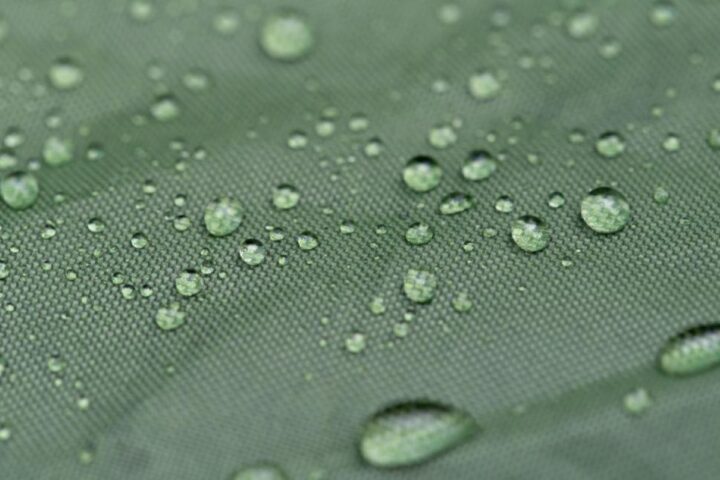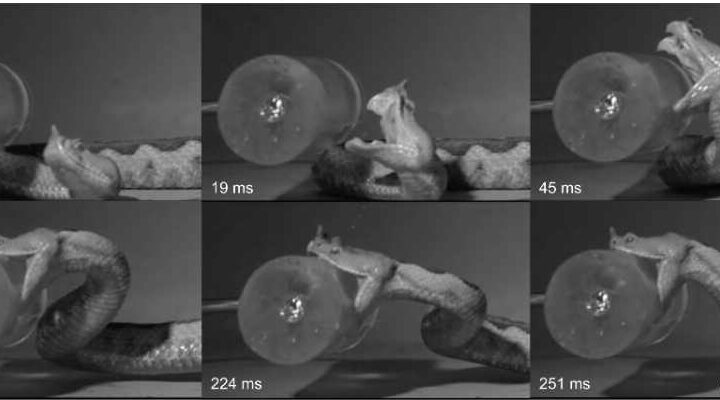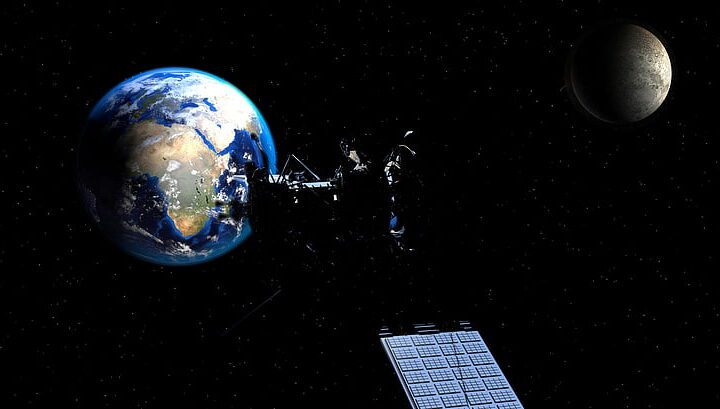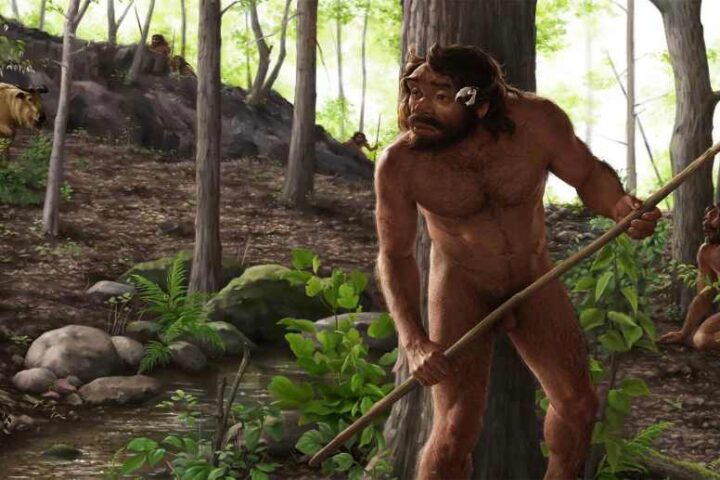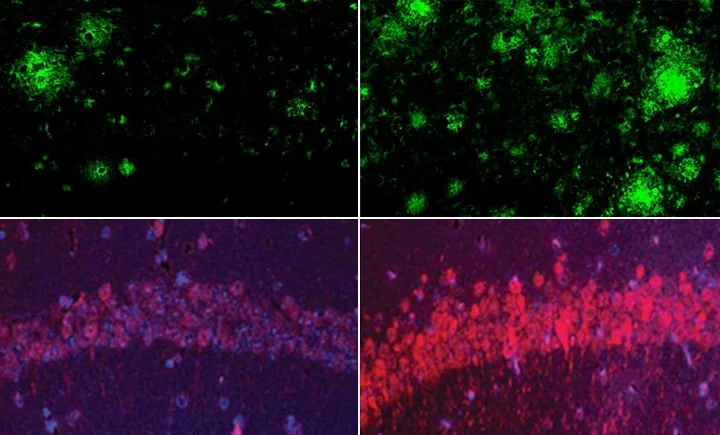A big push for self-flying planes on December 21, 2023, at NASA’s Langley Research Center in Hampton, Virginia, seems like a favourable development for the industry. Multiple drones had successful flights without needing a visual observer. Many drones, like the small, black Alta-8 Unmanned Aircraft System, took off on an autonomous, pre-planned route and, upon landing, while avoiding various obstacles as well as keeping each other safe. It marks a really important move forward in studying air taxi science. The autonomous flight tests were executed with special approval from the Federal Aviation Administration and NASA. It focuses on the strict safety protocols involved in such groundbreaking research.
The branch head for the aeronautics systems engineering branch at NASA Langley, Lou Glaab, accentuated the significance of the advancement and pointed out, “Flying the vehicles beyond visual line of sight, where neither the vehicle nor the airspace is monitored using direct human observation, demonstrates years of research into automation and safety systems, and required specific approval from the Federal Aviation Administration and NASA to complete.” The tests concentrated on smaller drones because of their inexpensiveness and safety and simulated larger, passenger-carrying air taxis to observe how they avoid crashing into each other. NASA is also testing elements of automation technology using helicopters, which helps in the development of autonomy for future air taxis.
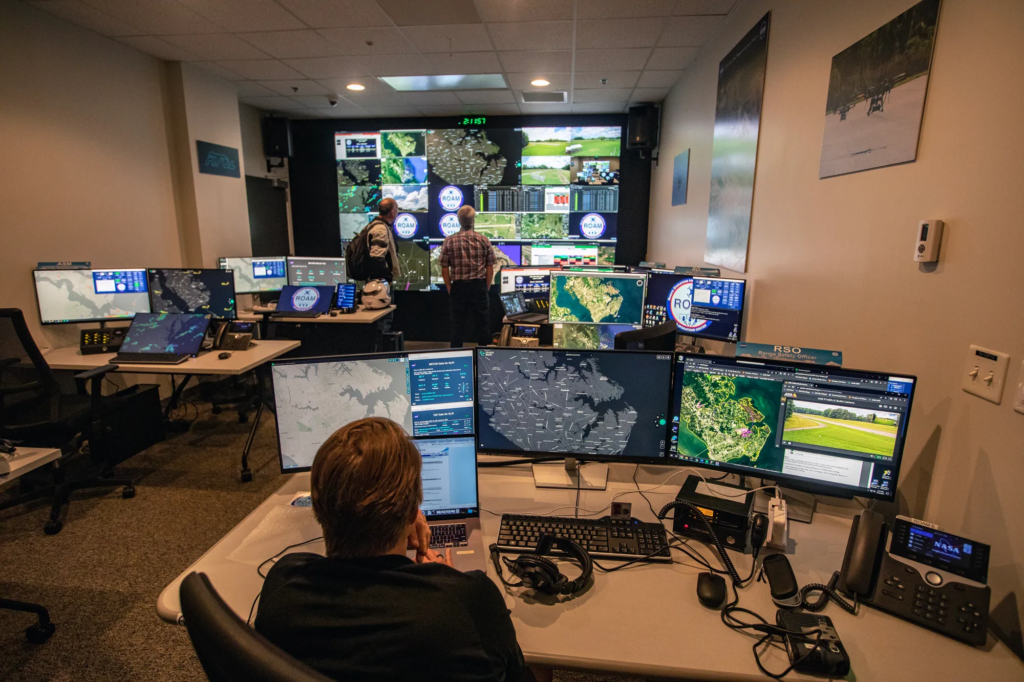
NASA / David Bowman
Glaab described, “When you have multiple vehicles, all coming and going from a vertiport that is located adjacent to an airport or deep within a community, we have to ensure the automation technologies of these vehicles are capable of safely handling a high volume of air traffic in a busy area.” The ALTA 8 Uncrewed Aircraft Systems, which are referred to as “NOVO-BVLOS” flights and are also known as drones with no visual observer, were purchased to run tests on multiple flights, which ended up being successful.
The software loaded in the small drones can handle tasks like communicating in airspace, managing flight paths, and avoiding other vehicles’ routes in real time. These abilities are crucial for Advanced Air Mobility (AAM), where drones and air taxis will operate regularly at the same time. NASA Langley’s Remote Operations for Autonomous Missions control center is closely observing these flight tests to ensure a high level of oversight and data collection.
The researchers at the control center closely watched numerous computer screens, kept an eye on the autonomous flights, and collected information for analysis. NASA is planning to share these technological assessments with the public to ensure that industry manufacturers can access the software while designing their vehicles.
Similar Posts
The flight operations lead for the project, Jake Schaefer, emphasized NASA’s role in advancing the industry: “By conducting flight tests within the national airspace, in close proximity to airports and an urban environment, we are able to test technologies and procedures in a controlled but relevant environment for future AAM vehicles.” ICAROUS, which stands for NASA’s Integrated Configurable Architecture for Reliable Operations of Unmanned Systems, was key to equipping drones with an autonomous detect-and-avoid function and is also a part of the overall system to maintain distance from other air traffic.
NASA’s Safe2Ditch System is another technological advancement that allows vehicles to autonomously detect the safest place to land in an emergency. NASA’s Advanced Air Mobility (AAM) mission involves multiple projects, each contributing to various research areas. A project called the High Density Vertiplex focuses especially on testing and evaluating the locations where these future vehicles will take off and land, called vertiports. This project also aims at the necessary technological advancements for the success of these operations of vertiplexis and clusters of vertiports.
The researchers conducted thorough tests to analyze ALTA 8 drones’ ability to autonomously navigate in a simulated urban environment at the City Environment for Testing Autonomous Integrated Navigation range. The incorporation of these autonomous systems into the national airspace represents a transformative step in urban air mobility and opens new possibilities for transportation.
NASA’s commitment to developing safe, efficient, and innovative transportation technologies demonstrates the success of the project. The cooperative efforts between NASA and FAA in this project demonstrate the significance of regulatory partnerships in advancing aerial technology. The information and insights gathered from these tests will help with the development of regulations and standards for upcoming autonomous air vehicles.
